Intro
Discover the Upper GI Endoscopy Procedure, a diagnostic tool for gastrointestinal issues, using endoscopes to visualize the upper digestive tract, aiding in diagnosis and treatment of conditions like gastroesophageal reflux and stomach ulcers.
The upper GI endoscopy procedure is a vital diagnostic tool used by doctors to visualize the upper digestive system, which includes the esophagus, stomach, and duodenum (the first part of the small intestine). This procedure allows doctors to diagnose and treat various conditions affecting the upper GI tract, such as ulcers, inflammation, and tumors. With the help of an endoscope, a flexible tube equipped with a camera and light, doctors can examine the lining of the upper digestive system and take tissue samples for further analysis.
The importance of the upper GI endoscopy procedure cannot be overstated. It has revolutionized the way doctors diagnose and treat digestive disorders, enabling them to provide more accurate diagnoses and effective treatments. The procedure is relatively safe and minimally invasive, making it a preferred choice for patients who require diagnostic testing. Moreover, advances in technology have improved the quality of images and the maneuverability of the endoscope, allowing doctors to navigate the digestive system with greater ease and precision.
As the prevalence of digestive disorders continues to rise, the demand for upper GI endoscopy procedures is likely to increase. This has led to a growing interest in the development of new technologies and techniques to improve the procedure's safety, efficacy, and patient comfort. Researchers are exploring innovative methods, such as artificial intelligence and virtual reality, to enhance the diagnostic capabilities of the procedure and reduce the risk of complications. With its proven track record and ongoing advancements, the upper GI endoscopy procedure is poised to remain a cornerstone of digestive health diagnostics for years to come.
What is an Upper GI Endoscopy Procedure?
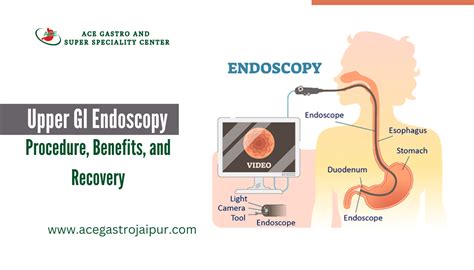
The procedure begins with the patient lying on their back or side on an examination table. The doctor then inserts the endoscope through the patient's mouth and advances it through the esophagus, stomach, and duodenum. The camera on the endoscope transmits images to a monitor, allowing the doctor to visualize the lining of the digestive system and identify any abnormalities. The doctor may also use specialized instruments to take tissue samples or perform other procedures, such as removing polyps or treating bleeding ulcers.
Benefits of Upper GI Endoscopy Procedure
The upper GI endoscopy procedure offers several benefits, including: * Accurate diagnosis of digestive disorders, such as ulcers, inflammation, and tumors * Minimally invasive, reducing the risk of complications and scarring * Relatively safe, with a low risk of serious side effects * Can be used to treat certain conditions, such as bleeding ulcers or polyps * Allows doctors to take tissue samples for further analysisHow to Prepare for an Upper GI Endoscopy Procedure
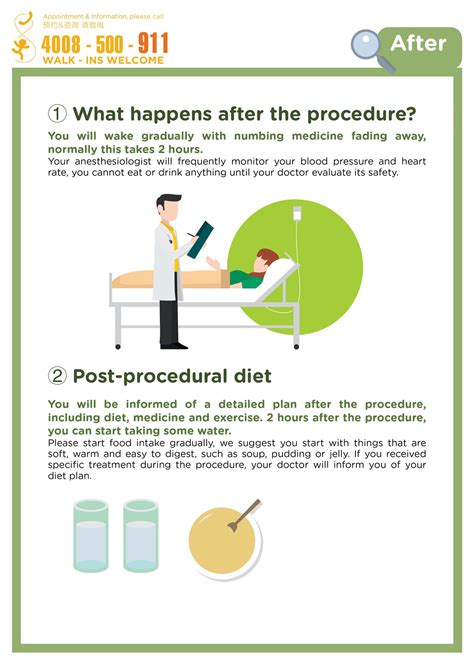
What to Expect During the Procedure
During the upper GI endoscopy procedure, patients can expect the following: * The doctor will insert the endoscope through the patient's mouth and advance it through the esophagus, stomach, and duodenum * The patient may feel some discomfort or pressure as the endoscope is inserted, but sedation should help reduce any pain or anxiety * The doctor will examine the lining of the digestive system and take tissue samples or perform other procedures as needed * The procedure typically takes 15-30 minutes to completeRisks and Complications of Upper GI Endoscopy Procedure
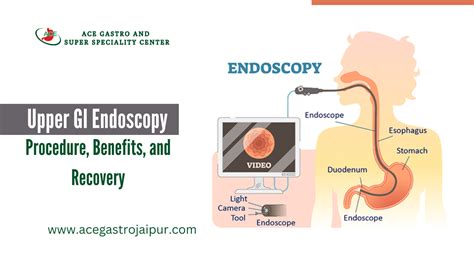
Minimizing Risks and Complications
To minimize the risks and complications of the upper GI endoscopy procedure, patients should: * Follow their doctor's instructions carefully * Inform their doctor about any medical conditions or allergies * Avoid eating or drinking for at least 6-8 hours before the procedure * Take any prescribed medications as directed * Attend follow-up appointments to monitor their condition and address any concernsRecovery and Aftercare
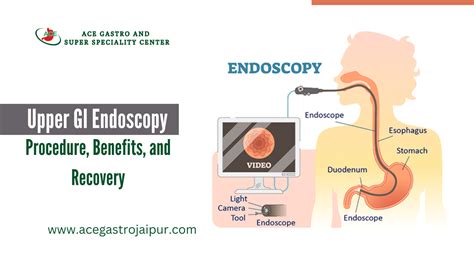
Follow-up Care
Follow-up care is essential to ensure that patients recover fully and address any concerns or symptoms. Patients should: * Attend follow-up appointments with their doctor to monitor their condition * Report any symptoms or concerns to their doctor, such as bleeding, pain, or difficulty swallowing * Take any prescribed medications as directed * Follow a healthy diet and lifestyle to promote digestive healthUpper GI Endoscopy Procedure for Specific Conditions
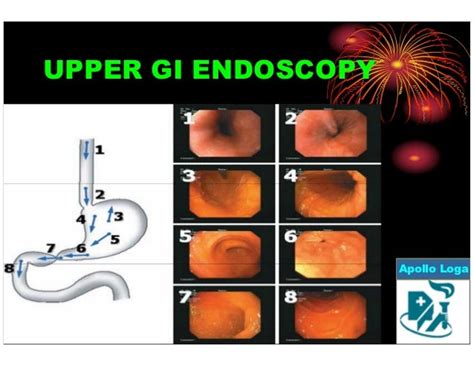
GERD and Upper GI Endoscopy Procedure
GERD is a common condition characterized by the backflow of stomach acid into the esophagus, causing symptoms such as heartburn and difficulty swallowing. The upper GI endoscopy procedure can be used to diagnose and treat GERD by: * Visualizing the lining of the esophagus and stomach * Taking tissue samples to check for inflammation or damage * Treating any underlying conditions, such as ulcers or stricturesTechnological Advancements in Upper GI Endoscopy Procedure
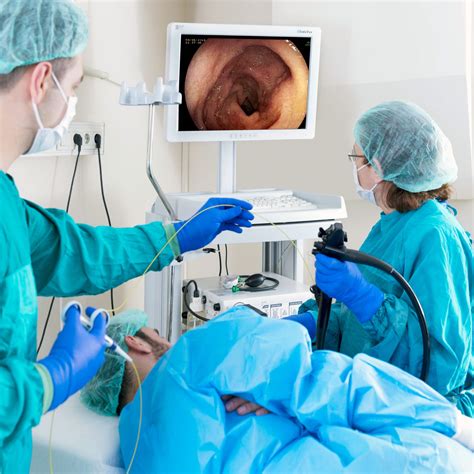
Future Directions
The future of the upper GI endoscopy procedure is promising, with ongoing research and development focused on improving diagnostic accuracy, reducing complications, and enhancing patient comfort. Some potential future directions include: * The use of robotics and artificial intelligence to improve procedure safety and efficacy * The development of new imaging techniques and technologies to enhance diagnostic accuracy * The use of virtual reality and simulation training to improve doctor and medical staff training * The development of new treatments and therapies for digestive disordersWhat is the purpose of an upper GI endoscopy procedure?
+The purpose of an upper GI endoscopy procedure is to diagnose and treat various conditions affecting the upper digestive system, such as ulcers, inflammation, and tumors.
How do I prepare for an upper GI endoscopy procedure?
+To prepare for an upper GI endoscopy procedure, patients should follow their doctor's instructions carefully, avoid eating or drinking for at least 6-8 hours before the procedure, and inform their doctor about any medications they are taking.
What are the risks and complications of an upper GI endoscopy procedure?
+The risks and complications of an upper GI endoscopy procedure include bleeding or perforation of the digestive tract, infection or inflammation of the digestive tract, adverse reactions to sedation or other medications, and difficulty swallowing or breathing.
We hope this article has provided you with a comprehensive understanding of the upper GI endoscopy procedure. If you have any further questions or concerns, please do not hesitate to comment below. Share this article with your friends and family to help raise awareness about the importance of digestive health. Take the first step towards a healthier digestive system by scheduling an appointment with your doctor today!
